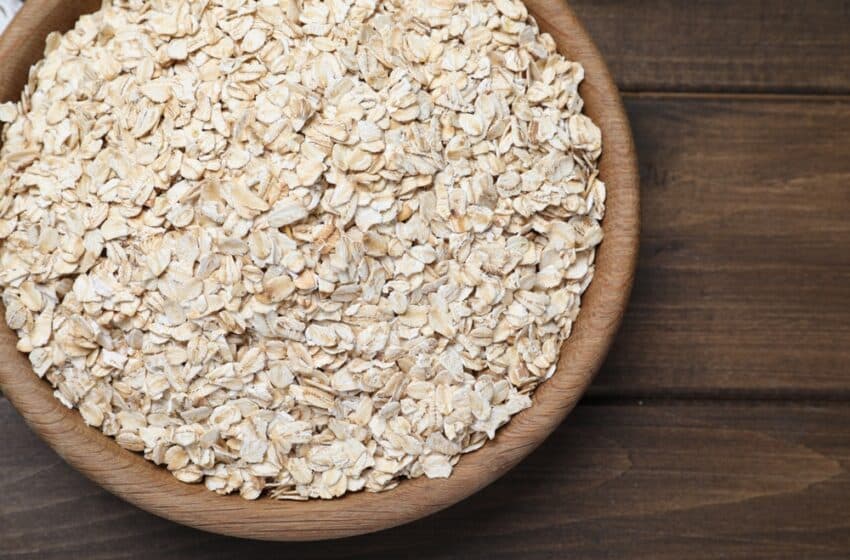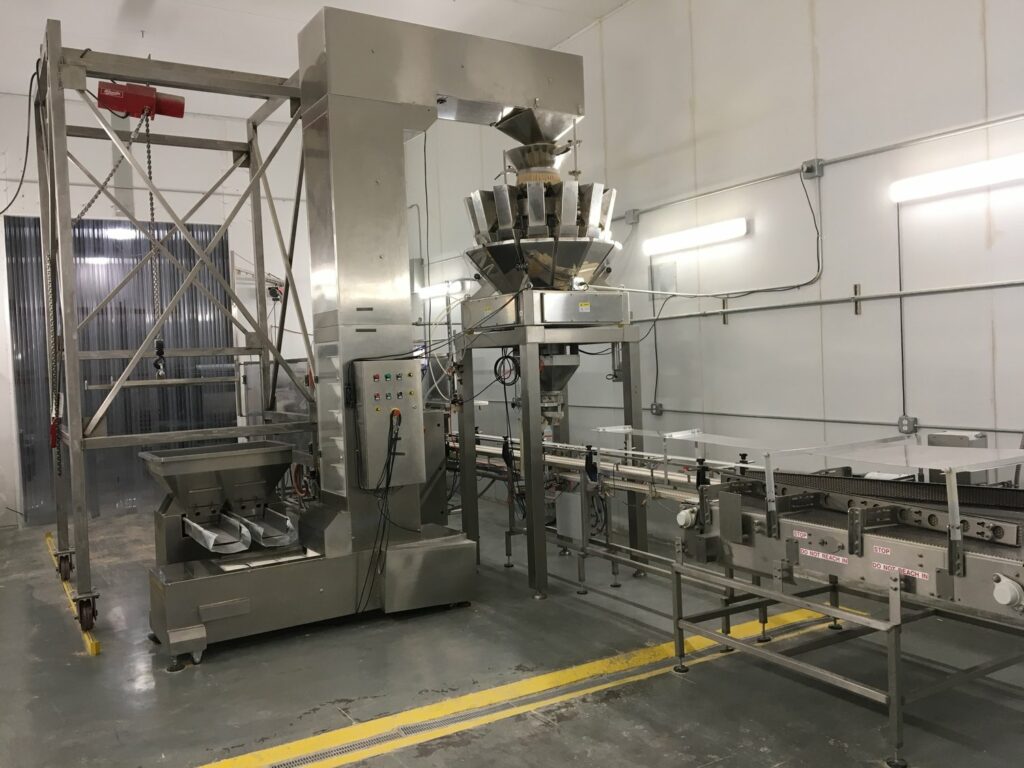Growing Oats in Texas

THE VISION THAT TOOK US FROM SEED TO SHELF
My wife Kathleen and I own and operate Magi Foods, a dry food packaging company in San Antonio. Our mission is to offer convenient, tasty, healthy and affordable food products. We package a line of rice and bean meals and convenient oats products under different brand names, as well as private store brands for select customers. We have been in operation for ten years and, over the past four, we have seen a big shift toward the breakfast category, especially hot cereal, where we procure and package a line of products containing rolled oats. As the demand for oat products continued to grow, we looked at ways to differentiate and reduce our supply chain costs. The idea of growing and processing local oats made sense and was worth exploring.
Growing Our Own Oats
The idea to grow our own oats came up in a conversation about marketing opportunities with the buyer at one of our largest customers. One of the trends in the food industry is toward more local, sustainable and traceable ingredients, so growing local oats made perfect sense. In addition, there are huge supply chain costs associated with trucking oats from Canada to Texas. According to the North America Millers Association (NAMA), nearly 100 percent of all oats consumed in the United States are grown in Canada and the overwhelming majority are milled there, as well. Trucking oats from Saskatchewan to San Antonio significantly increases our time, carbon footprint and supply chain expense.
As our oat business began to grow it was time to explore ways to reduce this cost through vertical integration. By creating a supply chain that begins with the seed and ends with the consumer buying the product off the shelf and heading home to eat a bowl of locally sourced and packaged oatmeal, we could reduce supply chain cost and add huge intrinsic value to our local community and customers.
The Challenge To Launch
The biggest challenge in developing this supply chain was all the unknowns. Could we do this? Oats are grown in Texas for feed and forage but not for human consumption. Our farmers have traditionally used oats as an alternative winter crop to wheat and cotton, and had little experience growing oats for people. More importantly, growing oats fit for human consumption takes far more effort than merely planting a seed, and we faced plenty of new challenges. We needed to find the right seed variety and learn about optimal planting conditions including soil and weather. In addition, assuming we were successful in growing and harvesting the oats, we would have to find a mill close by to process them. But because most oats are grown in Canada, most of the mills are close to the Canadian border.
When In Doubt, Find An Expert
Then, call it luck or call it fate, our local community stepped in. While standing next to the basketball court watching our daughters play, my wife made small talk with the parent next to her. When she asked what he did for a living, she learned he was a farmer. Soon enough, she discovered he could grow oats. And that’s where it all began. Growing oats in South Texas as a winter rotational crop just made good sense.
As neophytes in oat production, we consulted with three universities: Texas A&M, Iowa State University and Kansas State University. We also sought farming experts to learn everything we could about growing conditions, seed development, seed procurement and oat milling.
The First Crop
I have a new respect for farmers after experiencing our first harvest. Our farmers planted the seed in November 2015. Our first harvest was in May, six months later. During that spring we experienced 21 days of rain, with horrific hail storms bringing almost $1 billion in damages to homes and land in and around South Texas. While rain is a good thing, too much can destroy the crop. What’s more, farm equipment cannot drive on the saturated ground to pick the harvest because the equipment may sink into the muddy soil. With the saturated soil and intermittent weather, it was tough and we were forced to go right up until the end to successfully harvest the oats before the excess moisture set into the plants.
This made me realize how much risk farmers realize with every crop, from weather to pest and disease to any number of market factors. So many factors are completely out of their control, which makes farming such a risky endeavor that’s not for the faint of heart. Farming requires a work ethic of sheer will power, diligence and hours of extreme hard work.
After the harvest of 250,000 pounds of oats we had no idea what to expect in terms of quality. Again, there’s no real data or recent precedents set with processing Texas oats for human consumption.

Lessons Learned
We approached this first harvest as a trial run, not planning to make — or even save — any money. We tested several different seed varieties and planting techniques that were costly, but necessary, as part of the learning curve during this first crop rotation. Additionally, since we didn’t have a mill located near the crop we took on added freight costs. While we didn’t make money the first year, we have set the stage for future financial success.
Though that’s not to say our experiment was fruitless. Through just under a year’s worth of teamwork and commitment among farmer, manufacturer and retailer, we successfully planted, harvested, milled, packaged and sold the first Texas oats for human consumption in over 100 years. The ability to bring a seed to the shelf (and a new crop opportunity to my neighbor) was a huge success in and of itself. Our second crop of oats is now in the ground and we expect to double our production this year.







1 Comment
Great article, I’m just wondering what type of Oat was chosen for Texas.